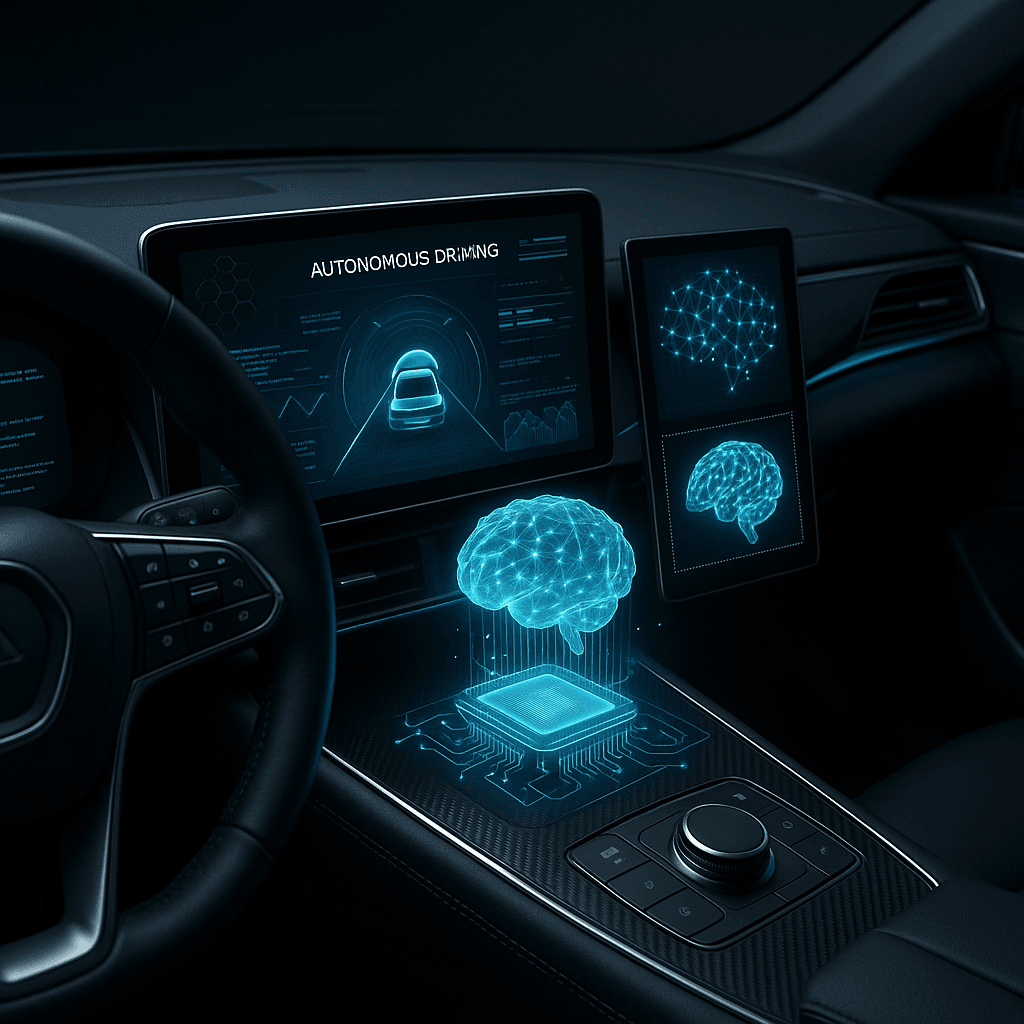General Motors just revealed the biggest technological gamble in its 116-year history. The Detroit giant is scrapping decades of automotive engineering philosophy to build AI-first vehicles powered by Nvidia's newest supercomputer. Starting with the 2027 Cadillac Escalade IQ, every GM vehicle will run on a unified brain that promises 35 times more AI performance and the ability to watch movies while your car drives itself.
General Motors isn't just building new cars - it's reimagining what a car can be. At Wednesday's New York event, the automaker unveiled plans to gut the electrical and computational systems that have defined vehicles for decades, replacing them with a unified AI-powered brain that could finally match Tesla's software supremacy.
The transformation centers on Nvidia's Drive AGX Thor supercomputer, which will serve as the central nervous system for every GM vehicle starting in 2028. But the 2027 Cadillac Escalade IQ gets first dibs on this revolutionary architecture, becoming GM's guinea pig for a technology bet that could reshape the entire automotive industry.
"We're looking across the business to find opportunities to dramatically reduce the development time for our vehicle platforms," GM Chief Product Officer Sterling Anderson told TechCrunch. "Today, it's on the order of four to five years. I'd like to get it closer to two."
Anderson, who joined GM in May from autonomous driving startup Aurora, is spearheading this architectural revolution. The timing isn't coincidental - GM faces mounting pressure from Chinese automakers flooding global markets with software-rich EVs, while Tesla continues setting the bar for over-the-air updates and autonomous features.
Currently, GM vehicles - like most traditional automakers - rely on dozens of separate electronic control units (ECUs) that handle everything from infotainment to braking. This fragmented approach has left legacy brands scrambling to match Tesla's integrated computing power and seamless software updates. GM's solution? Consolidate everything into what they call a "unified computer core."
The new architecture promises staggering performance improvements: 10 times more over-the-air update capacity, 1,000 times more bandwidth, and up to 35 times more AI performance for autonomous driving features. That processing power will enable GM's planned conversational AI assistant and highway automation systems that let drivers watch movies while the car handles navigation.












